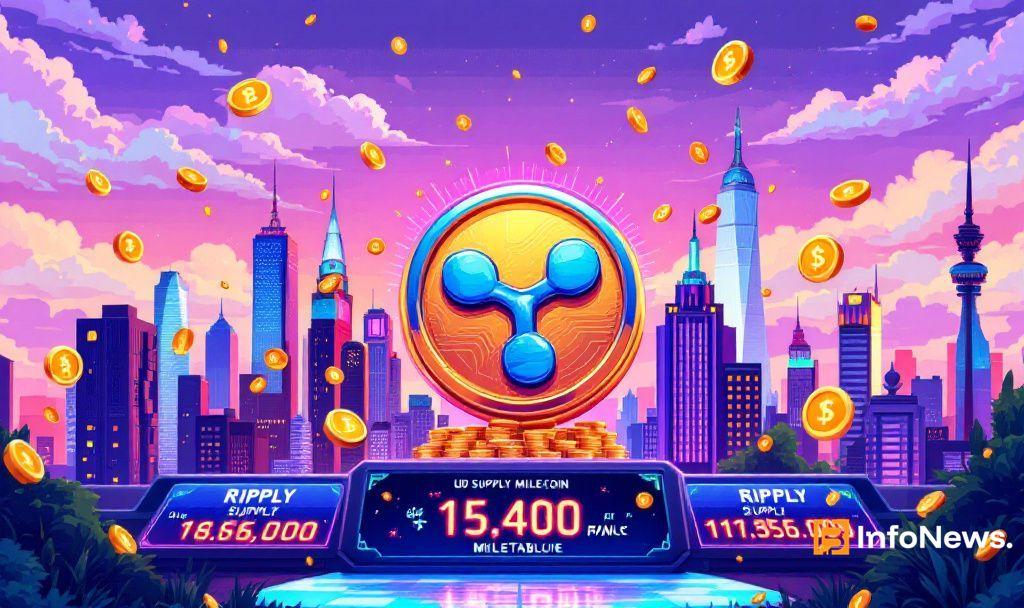Layer 3: The Next Evolution in Blockchain Customization Explained
As blockchain technology evolved, Layer 3 (L3) solutions have emerged as a groundbreaking advancement that promises to reshape how we think about scalability, interoperability, and customization in blockchain networks. Most projects are now thinking beyond Layer 2 solutions as the market matures and Layer 3 protocols have become the go-to solution as they tie sophistication and user-friendly decentralized applications (dApps) together.
What Are Layer 3 Solutions?
Layer 3 solutions represent the next evolution in blockchain architecture, building upon existing Layer 2 frameworks to provide enhanced functionality and customization options. These protocols are designed to address specific application needs while maintaining the robust security inherited from the underlying Layer 1 blockchain, particularly Ethereum. Unlike traditional blockchain layers, L3s offer unprecedented flexibility in handling specialized requirements, from privacy-focused applications to high-throughput systems.
The versatility of Layer 3 solutions extends beyond basic transaction processing, enabling developers to create more complex decentralized applications with advanced features. This advancement is particularly significant for mainstream adoption, as it allows for more sophisticated user interfaces and improved accessibility for non-technical users. Notable examples of Layer 3 protocols include Orbs, Arbitrum Orbit, and zkSync Hyperchains, each bringing unique capabilities to the blockchain ecosystem.
How Layer 3 Customizes Blockchain Networks?
The revolutionary aspect of Layer 3 solutions lies in their approach to transaction execution and customization. Similar to how Layer 2 solutions offload transactions from the main Ethereum network, L3s further optimize this process by moving transaction execution from L2 to L3. This creates a cascading effect of efficiency, where transactions are executed and batched at the L3 level before being verified and passed down through the layers.
The cost-effectiveness of this approach is particularly noteworthy. By posting transaction data on L2 instead of L1, Layer 3 solutions leverage the already reduced costs of L2 networks. This multi-layered approach results in significant cost savings, as transaction data is compressed at each level before finally reaching the Ethereum mainnet. Perhaps most importantly, developers building L3 appchains have unprecedented control over their blockchain environment. Rather than simply building on top of existing chains, they can create purpose-built blockchain architectures tailored to their specific applications.
Layer 3 on StarkNet: A Case Study in Innovation
The integration of Layer 3 solutions with StarkNet represents a significant milestone in blockchain scaling technology. In April 2024, Herodotus, with support from StarkWare, introduced the Integrity Verifier, marking a crucial step toward implementing L3 appchains on StarkNet. This development enables developers to verify Cairo program execution on StarkNet, mirroring the verification capabilities previously available only on Ethereum.
How will it affect the crypto market?
The emergence of Layer 3 solutions signals a transformative period in blockchain technology. These protocols are addressing critical challenges in the industry, particularly regarding interoperability between different blockchain networks. By acting as bridges between various platforms, L3s facilitate seamless data and transaction flow across different blockchain ecosystems, including major networks like Ethereum and Solana.
The customization capabilities of Layer 3 solutions also open new possibilities for privacy-focused applications and specialized use cases. Developers can implement application-specific mechanisms that control data visibility and transaction privacy, while maintaining the flexibility to modify governance structures and operational rules according to their specific requirements.
As the technology continues to mature, Layer 3 solutions are poised to play a crucial role in the next generation of blockchain applications, potentially revolutionizing how we approach decentralized computing and digital asset management. The combination of enhanced scalability, reduced costs, and unprecedented customization options suggests that L3s will be instrumental in driving broader blockchain adoption across various industries and use cases.
Disclaimer: The content of this article solely reflects the author's opinion and does not represent the platform in any capacity. This article is not intended to serve as a reference for making investment decisions.
You may also like
Fartcoin Sees 22% Surge, Reaches Monthly Peak

Ripple USD Stablecoin Achieves Supply Milestone

Nillion Introduces Blind Compute for Data Privacy

Blockchain Social Networks Gain Popularity Amid Privacy Concerns

